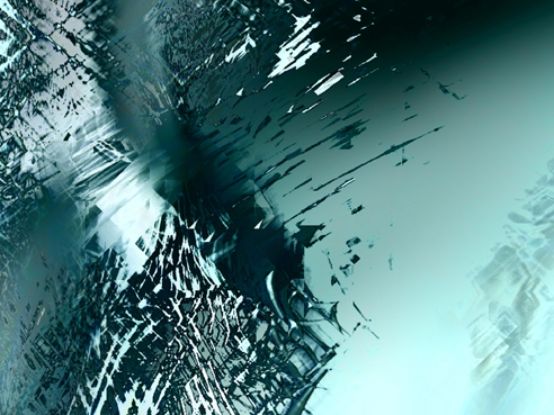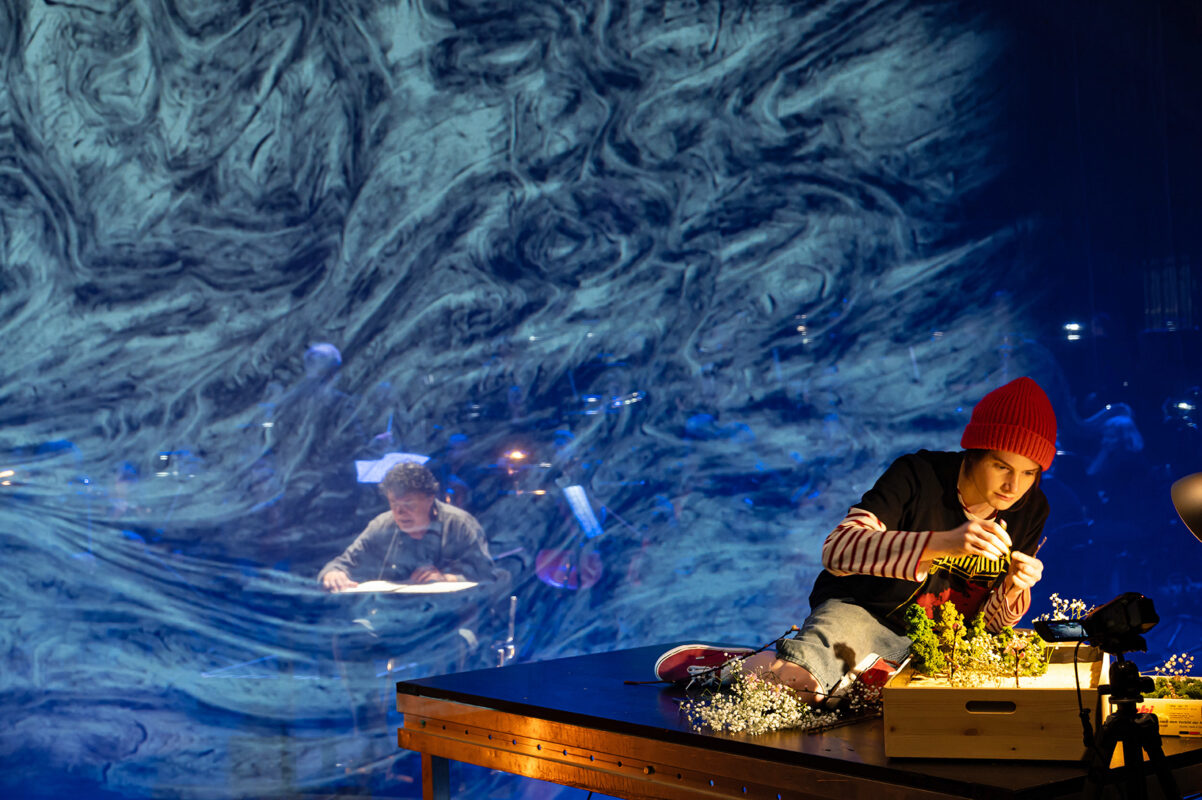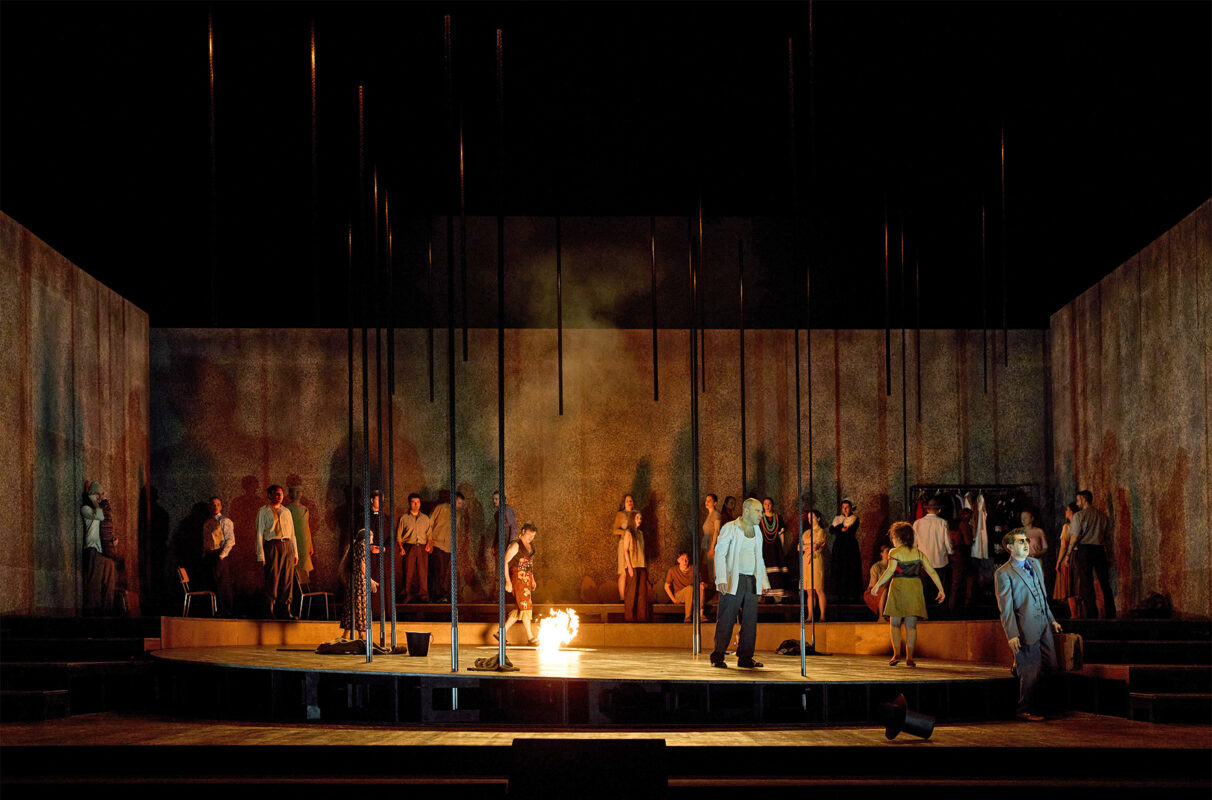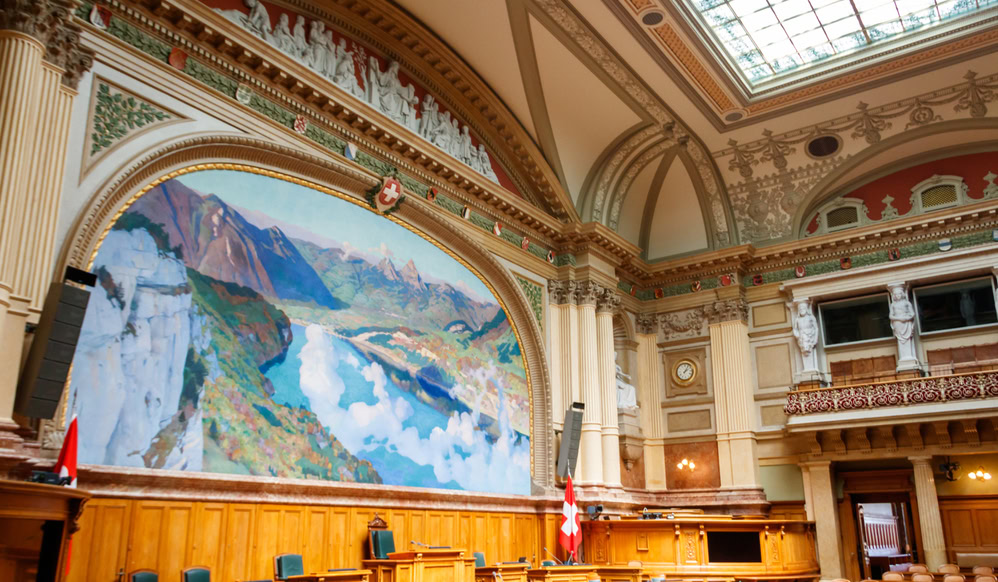The musical in the visual
The Centre d'art Pasquart in Biel exhibits works of visual art that cross the border into music - and some exceptions in the opposite direction.

Surfaces shift; squares crescendo and diminish, rhythms form in the sequence, and while Hans Richter's short abstract black-and-white film Rhythm 21 it begins to resonate inside you. This pioneering work from 1921, from which the director Robert Wilson probably copied many things for his stage sets, is the overture to the exhibition extended compositions - and it immediately opens up an enormously broad field. The theme is "the network of relationships between visual art and music in the structural interlocking of both forms of expression", as the curators put it. An initial version of this was already on display at Kunstquartier Bethanien in Berlin in 2015; artist Ellen Fellmann has now expanded the beautiful selection of works from the 20th and 21st centuries for Biel. There are objects inspired by musical scores or records: The Swiss artist Silva Reichwein, for example, mounted small canvases on a turntable, had it rotated and thus created precise circular images; in other paintings, she placed rectangles of color in constantly permuted sequences on the surface - similar to the Zurich constructivist Richard Paul Lohse - in other words, serial pictorial music. Samuel Beckett took a different approach in his silent television films Square I-II in which he guided the movements of the figures canon-like and thus rhythmized them. Japanese artist Hiromi Ishii, on the other hand, combines iridescent image surfaces with electronic sounds. One of the most captivating works is the film-sound installation Longing by the Iranian Raha Raissnia. She carried a running camera around with her without looking through the lens, taking blurred images from everyday life, which she edited and now projects. This is accompanied by a noisy, drone-like and occasionally oriental soundtrack, in a seemingly loose connection, but haunting precisely because of this.
Numerous works and installations (others are by Bruce Naumann, Bill Viola, Simeon Sigg, Samuel Emde, Christoph Girardet/Matthias Müller and the curator herself) provide inspiration, especially for musicians, as the starting point is visual art and the desire of artists to consider musical categories. The "extended" in the title therefore refers more to the visual. Almost all attempts by composers to incorporate graphic elements and cross the boundary to the visual are missing: John Cage, Earle Brown, Sylvano Bussotti, Roman Haubenstock-Ramati, Anestis Logothetis, but also all Swiss experimenters such as those of the Ensemble Neue Horizonte Bern. It would have simply gone beyond the scope of the project. The overall concept is rather non-committal; the individual works of art stand on their own and only shed a little light on each other, but the diversity is still well worth experiencing, and some exhibits actually begin to resonate and resonate within you.
The final and a highlight is a musical work that is impressively staged in the room by Canadian Janet Cardiff with respectful restraint: Thomas Tallis' forty-part Spem in aliumone of the most gigantic works in music history. Instead of forty singers, forty loudspeakers are distributed in eight groups of five in a circle. One voice can be heard from each of them, turning this all too rarely performed, difficult music (despite some intonation problems on the part of the Salisbury Cathedral Choir) into a grandiose, sensual spatial experience.
Extended Compositions; Biel, Centre d'art Pasquart, until June 11, 2017
www.pasquart.ch/event/extended-compositions








